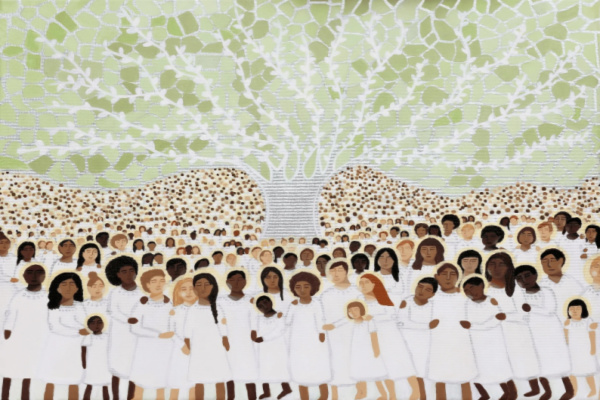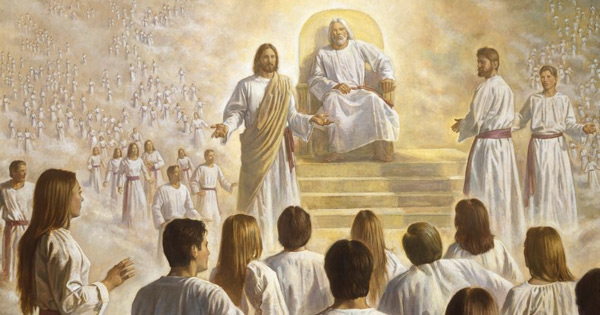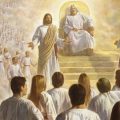Question
Gramps,
How does the plurality of Gods work?
Paul
Answer
Paul,
The concept of a plurality of gods is not entirely foreign to the Bible. In 1 Corinthians 8:5-6, the Apostle Paul states,
“For though there be that are called gods, whether in heaven or in earth, (as there be gods many, and lords many;) But to us there is but one God, the Father, of whom are all things, and we in him; and one Lord Jesus Christ, by whom are all things, and we by him.”
This passage acknowledges the existence of many gods while affirming the singular worship of the Father.
Latter-day Saints interpret this scripture as evidence that while there are many divine beings, only one God, the Father, is to be worshipped by humanity. This aligns with the teachings of Joseph Smith, the founder of the Church, who emphasized the distinction between the Father, the Son, and the Holy Ghost as separate beings, each possessing divine attributes.
In addition to biblical texts, Latter-day Saints rely on modern revelations found in the Doctrine and Covenants, a collection of revelations and writings by Joseph Smith and subsequent leaders. One significant passage is found in Doctrine and Covenants 132:19-20, which states that faithful couples who are sealed in the temple may become gods themselves, inheriting all that the Father has. This doctrine of exaltation suggests that human beings can progress to become divine, further supporting the belief in a plurality of gods.
Latter-day Saints believe that God the Father, Jesus Christ, and the Holy Ghost are three distinct personages, each fully divine. This understanding is rooted in the First Vision experienced by Joseph Smith, where he saw two personages, God the Father and Jesus Christ, who were separate and distinct from one another. This vision laid the groundwork for the Church’s belief in a Godhead composed of three individual beings, each with their own roles and responsibilities.
The belief in a plurality of gods leads to a unique understanding of what it means to be a god. Latter-day Saints believe that God the Father was once a mortal man who progressed to godhood, a concept articulated by Joseph Smith when he stated, “God himself was once as we are now, and is an exalted man.” This idea suggests that all human beings have the potential to become like God, which is a central tenet of Latter-day Saint theology.
This belief in the potential for human beings to achieve godhood is often summarized in the phrase “As man is, God once was; as God is, man may become.” This doctrine emphasizes the importance of personal growth, obedience to God’s commandments, and the pursuit of righteousness as pathways to exaltation.
While Latter-day Saints acknowledge the existence of many gods, they maintain that worship should be directed solely to God the Father. This practice is rooted in the belief that the Father is the ultimate source of authority and power. Jesus Christ, as the Son, serves as the mediator between humanity and the Father, and the Holy Ghost acts as a guide and comforter. This hierarchical structure within the Godhead reinforces the idea that while there are many divine beings, only one is to be worshipped.
The belief in a plurality of gods also influences the understanding of relationships within the divine realm. Latter-day Saints view the Godhead as a model for human relationships, emphasizing unity, love, and cooperation among its members. The distinct roles of the Father, Son, and Holy Ghost illustrate how individuals can work together harmoniously while maintaining their unique identities.
Gramps







